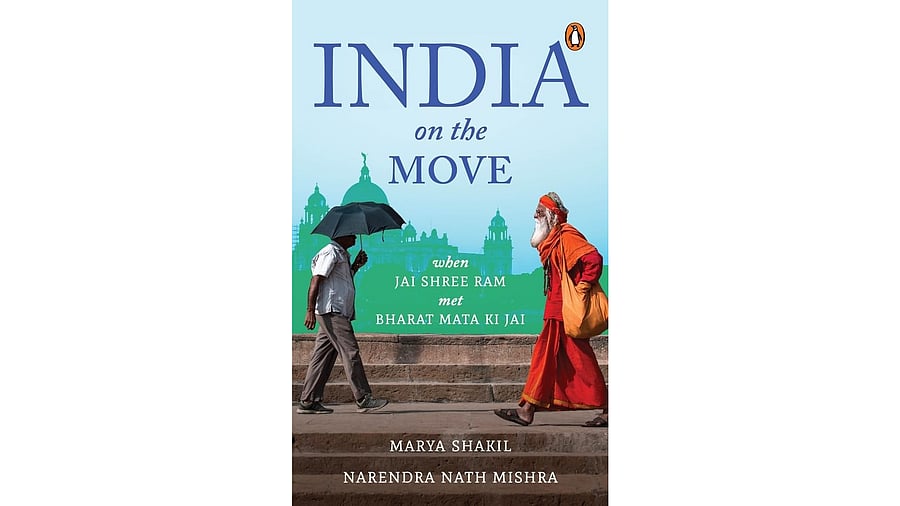
India on the Move
Amidst the clamour of ‘Jai Shri Ram’ and ‘Bharat Mata ji Jai’, Indian electoral politics witnessed a significant transformation where voters, mostly young, Adivasis, Dalits, minorities, etc., made it clear that no political party should so affect the rights or entitlements of the common people.
In a new and pathbreaking reportage of the general elections of 2024, journalists Marya Shakil and Narendra Nath Mishra teamed up to produce India On The Move. According to Marya and Narendra, the likes of Bipul Hembrom, a 28-year-old tribal from Bermo, Jharkhand, believed that in a vibrant democracy, no entity should be overly dominant. Bipul, who had voted for the BJP in 2019, had told the authors that no administration should be allowed to wield excessive power.
Marya and Narendra go on to record: “The sentiments echoed by Bermo were not isolated but one that found resonance across various religions, albeit subtly. Slowly but surely there seemed visible fatigue about the ubiquitous reference to Hindutva and nationalism,” they conclude, adding, “A sizeable number did not believe that Hindus were in danger as was being projected all this while and that issues relating to their community, caste, livelihood were more prevalent in their mind.”
Marya and Narendra travelled by the Kerala Express for 51 hours from Delhi to Thiruvananthapuram to gauge the mood of the nation just ahead of the first phase of polling of the 2024 Lok Sabha polls. Interestingly, many of their fellow travellers such as Akansha Nigam, a PhD student, Anand Sunderrajan, a tourist guide and Vineet Kumar, a technician, admitted that while the consecration of the Ram Temple in Ayodhya and the opening of Kashi Vishwanath corridor was welcoming, jobs for youth was a major poll issue. Experiencing dozens of similar interactions in various parts of the country, Marya and Narendra could not help but notice a shift in political thinking — from being sentiment-based to issue-based. “This truly was a major spin in the country’s politics, one in which BJP found itself entangled…While the Modi brand remained strong, the influence of the BJP and its leaders at the local level was waning.”
The authors do not hesitate to question Rahul Gandhi and other opposition leaders’ inability to grasp the political situation accurately. Many opposition leaders, in fact, had given up on the 18th Lok Sabha polls as a done deal in favour of the Modi-led NDA. Some had even gone to the extent of conserving ‘resources’ for the elections.
The authors, belonging to the ‘mainstream media’, do not hesitate to acknowledge the power and strength of the alternative media in impacting the verdict in 2024. The 18th Lok Sabha polls, they opine, would go down in history where alternative media played a pivotal role in showcasing the opposition’s narrative. Many YouTubers and social media platforms spread alternative viewpoints and helped voice a cognitive dissonance with the Narendra Modi government. “As mainstream media in India grappled with accusations of bias, independent digital platforms filled the void, becoming trusted sources of information and agents of change,” write Marya and Narendra in a rather objective and candid manner. While the BJP remained dismissive, the results of the 2024 Lok Sabha showed how alternative media platforms proved consequential, particularly among first-time voters.
Marya and Narendra constantly raise the question of whether Hindutva and aggressive nationalism would bring electoral dividends for Modi and the BJP or whether voters would focus more on constitutional values. The answer lies somewhere in between as Modi, drawing some quick lessons from the verdict of 2024, tweaked the narrative in the Assembly polls of Haryana and Maharashtra, and focused on issues of social justice and economic disparity. The opposition, on the other hand, failed to sustain or strengthen its narrative pushing itself back to the pre-2024 general elections position — a constant crisis of confidence, divergence and absence of any potent ideological stand.